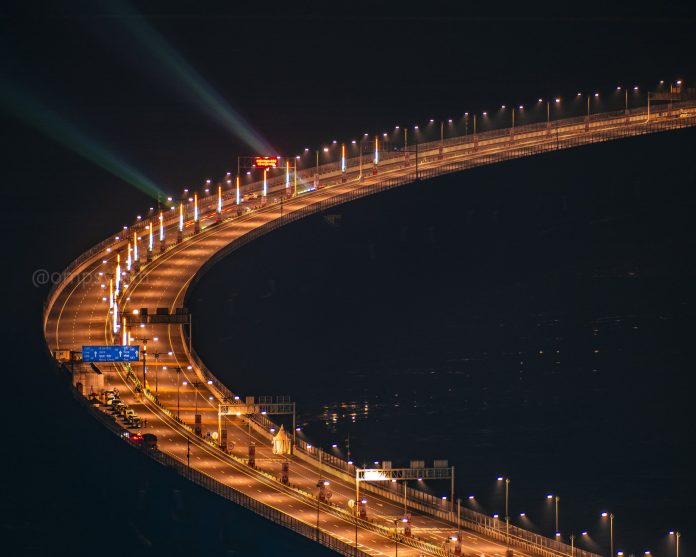Mumbai: On January 12, Prime Minister Modi is set to inaugurate India’s longest sea bridge, and the Mumbai Police has issued a set of guidelines for travel on this monumental structure.
The Maharashtra Chief Minister’s Office has announced that Prime Minister Narendra Modi will officially inaugurate the Mumbai Trans Harbour Link (MTHL), commonly known as Atal Setu, on January 12. This remarkable infrastructure project stands as the longest sea bridge ever constructed in India.
The Atal Setu, named in honor of former Prime Minister Atal Bihari Vajpayee, spans from Sewri in Mumbai to Nhava Sheva in Uran taluka, Raigad district. The comprehensive project, with a reported cost of ₹18,000 crore, represents a significant infrastructure investment.
On Wednesday, the Mumbai Police released guidelines for traveling on the Mumbai Trans Harbour Link (MTHL). Four-wheelers on the MTHL are subject to a maximum speed limit of 100 kmph, whereas motorbikes, autorickshaws, and tractors are not permitted on the sea bridge.
According to officials, vehicles such as cars, taxis, light motor vehicles, minibuses, and two-axle buses are allowed with a speed limit of 100 kilometers per hour. Additionally, the speed limit for the ascent and descent from the bridge has been set at 40 kmph.
The imposition of a speed limit on India’s longest sea bridge is aimed at mitigating “danger, obstructions, and inconvenience to the public,” as stated by a Mumbai Police official to PTI. Notably, motorcycles, mopeds, auto-rickshaws, tractors, and slow-moving vehicles will be restricted from accessing the bridge.
Additionally, multi-axle heavy vehicles, trucks, and buses bound for Mumbai will not be permitted to use the Eastern Freeway. Instead, these vehicles are directed to utilize the Mumbai Port-Sewri Exit (Exit 1C) and proceed via the MBPT Road near ‘Gadi Adda‘ for further movement.
All about the Mumbai Trans Harbour Link
The Mumbai Trans Harbour Link, known as the Atal Setu, stands as India’s longest sea bridge, spanning an impressive length of 22 km. With six lanes, it connects Sewri on the island city to Nhava-Sheva on the mainland, marking a significant achievement in infrastructure development.
The construction of the Mumbai Trans Harbour Link (MTHL) utilized a substantial amount of resources, including 177,903 metric tonnes of steel and 504,253 metric tonnes of cement. Currently, the bridge has two access points to Navi Mumbai, one from the Airoli-Mulund connector and the other from the Vashi connector.
The significance of the MTHL lies in its potential to significantly streamline travel. Motorists will now be able to cover the distance between Mumbai and Navi Mumbai.

